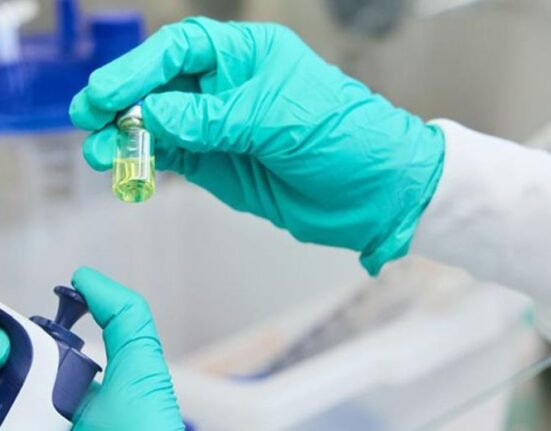HQ Team
November 10, 2023: A drug taken intravenously or inhaled proved to be more addictive as it enters the human brain more quickly than when taken orally, according to an agency of the US Department of Health and Human Services.
When a drug is injected or smoked, it activates the human brain’s ‘salience network’ — a collection of regions of the brain that select which stimuli are deserving of our attention.
The salience network attributes value to things in our environment and is important for recognising and translating internal sensations—including the subjective effects of drugs.
It is associated with developing a substance use disorder more quickly than taking drugs orally or by insufflation such as snorting, according to a study by the National Institutes of Health.
Future therapeutic target
The NIH study suggests the brain’s “salience network” is important for understanding substance use disorder, and could be a future therapeutic target.
“We’ve known for a long time that the faster a drug enters the brain, the more addictive it is – but we haven’t known exactly why. Now, using one of the newest and most sophisticated imaging technologies, we have some insight,” said Nora Volkow, MD, NIDA Director, chief of the NIAAA Laboratory of Neuroimaging, and senior author of the study.
“Understanding the brain mechanisms that underlie addiction is crucial for informing prevention interventions, developing new therapies for substance use disorders, and addressing the overdose crisis.”
People who smoke or inject drugs often report doing so to get quick relief from withdrawal or to experience euphoria more quickly. Injecting drugs is also associated with higher rates of infectious diseases and overdose.
Dopamine levels
In the study, 20 healthy adults received either a small dose of a placebo or of the stimulant drug methylphenidate, commonly known as Ritalin — a safe and effective prescription medication used for the treatment of attention deficit hyperactivity disorder — orally or intravenously.
Researchers then simultaneously looked at differences in dopamine levels and brain activity through imaging while people reported their subjective experience of euphoria in response to the drug.
The PET scan gave an estimate of how fast dopamine increased in the brain in response to the different drug administrations.
When participants received methylphenidate orally, the rate of dopamine increases peaked more than an hour after administration.
Peaking faster
Comparatively, when participants received an intravenous injection of methylphenidate, the rate of dopamine increases peaked much faster – within 5 to 10 minutes of the administration.
“I’ve been doing imaging research for over a decade now, and I have never seen such consistent and clear fMRI results across all participants in one of our studies,” said Peter Manza, PhD, research fellow at NIAAA and lead author on the study.
“These results add to the evidence that the brain’s salience network is a target worthy of investigation for potential new therapies for addiction.”
The study was published in Nature Communications and led by researchers at the National Institute on Drug Abuse and the National Institute on Alcohol Abuse and Alcoholism, parts of the National Institutes of Health, at the NIH Clinical Center.








